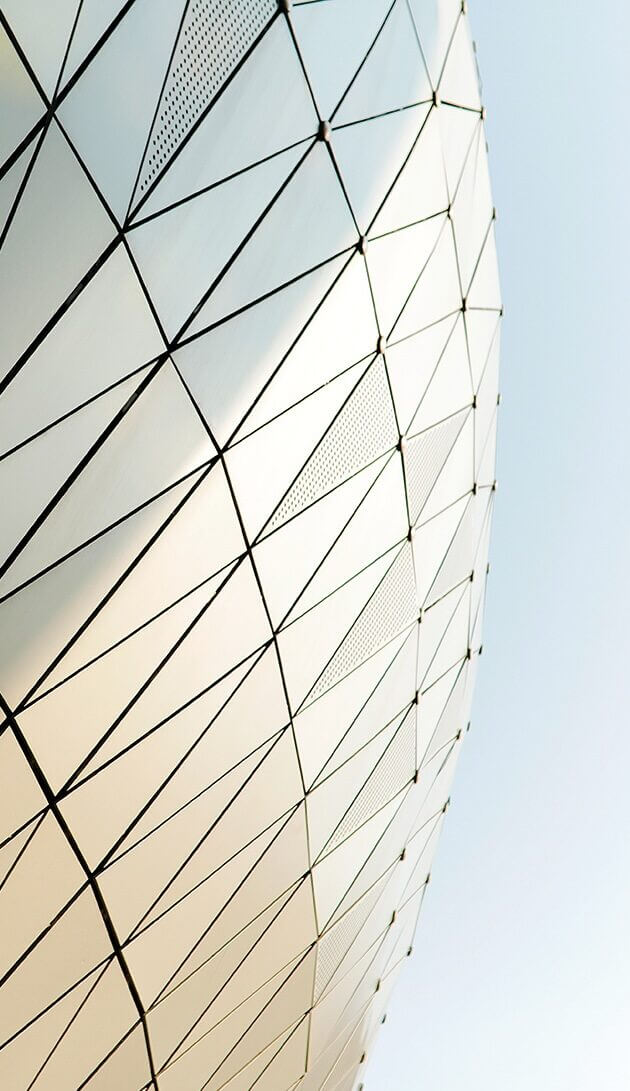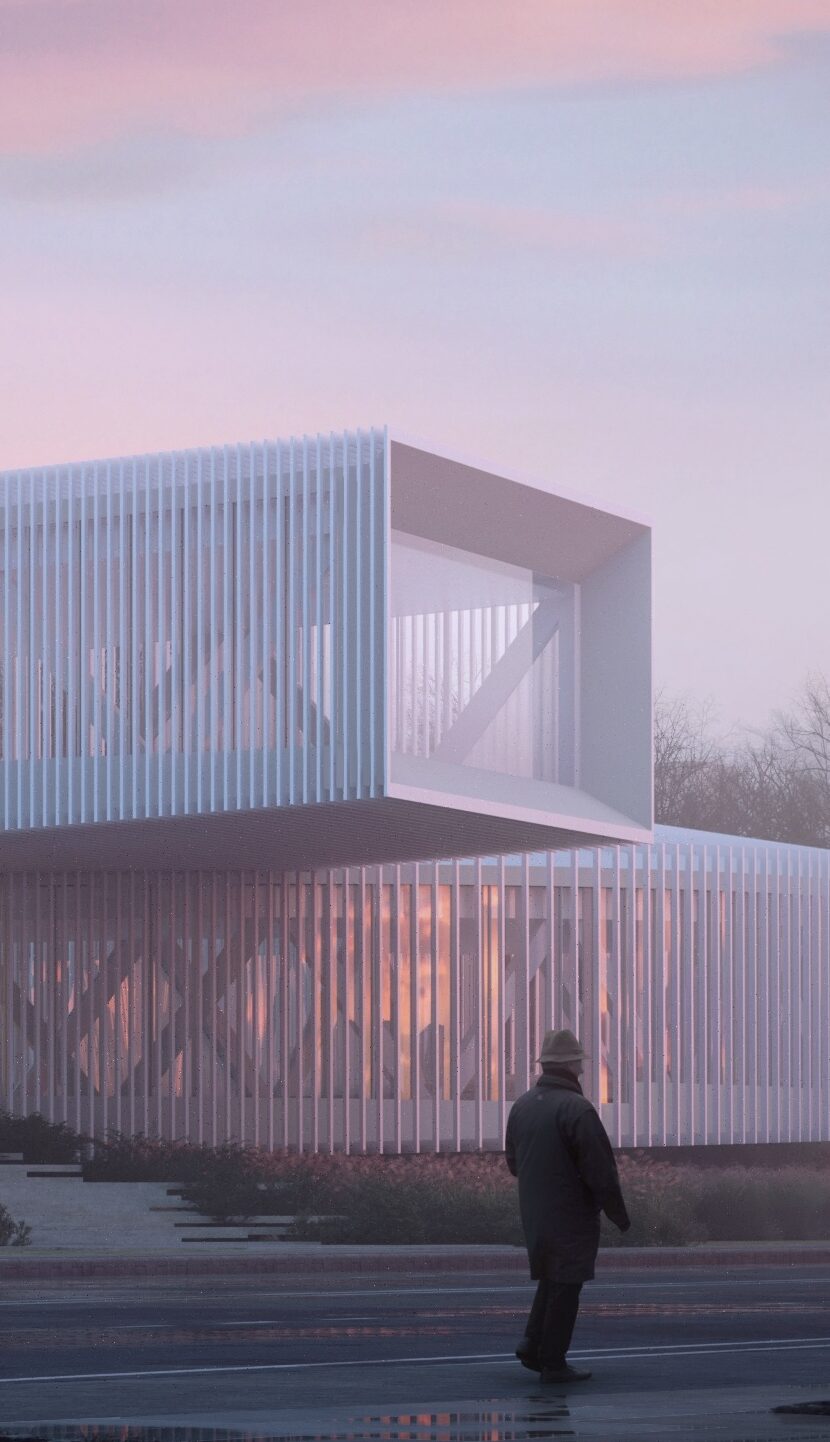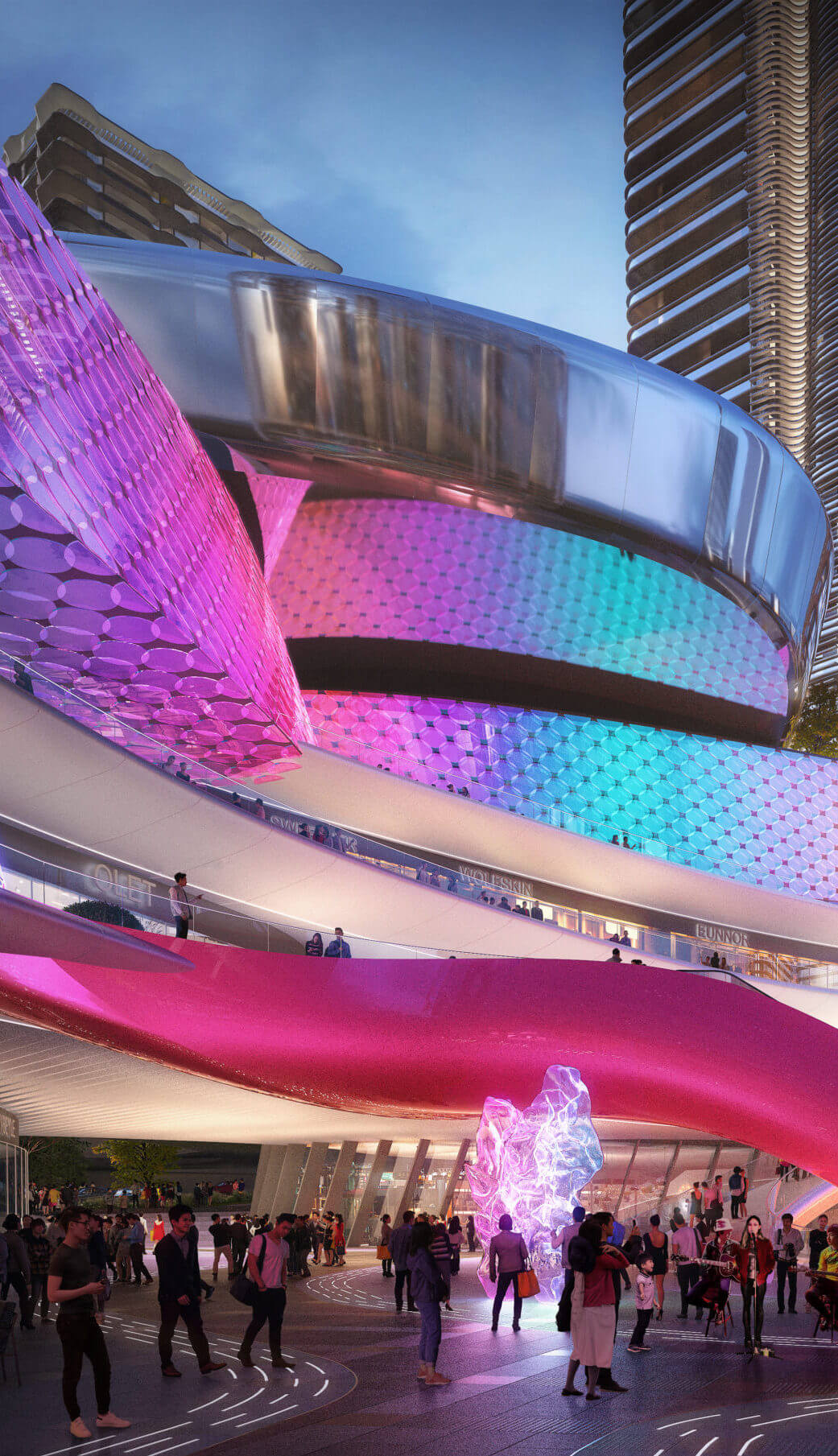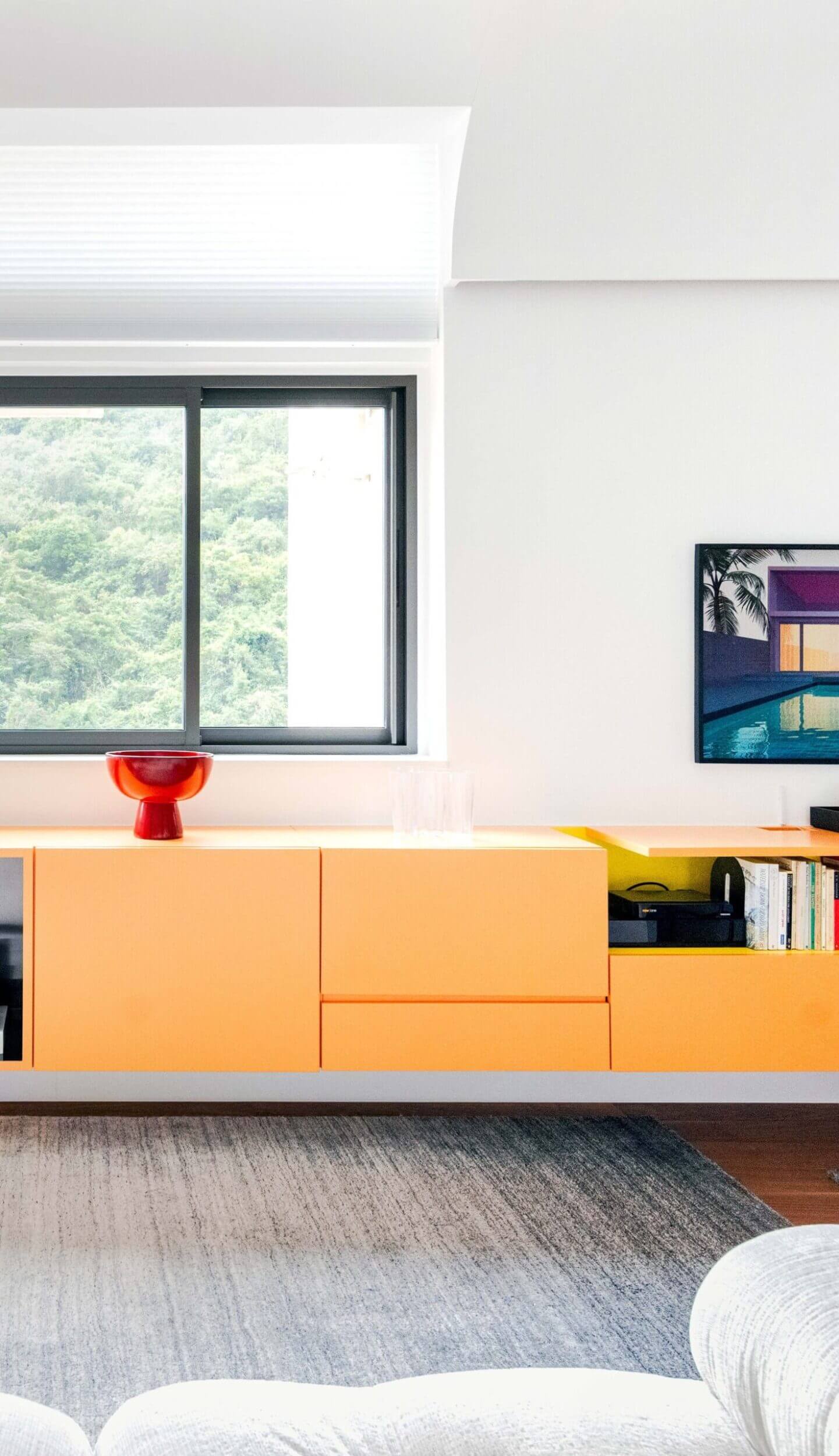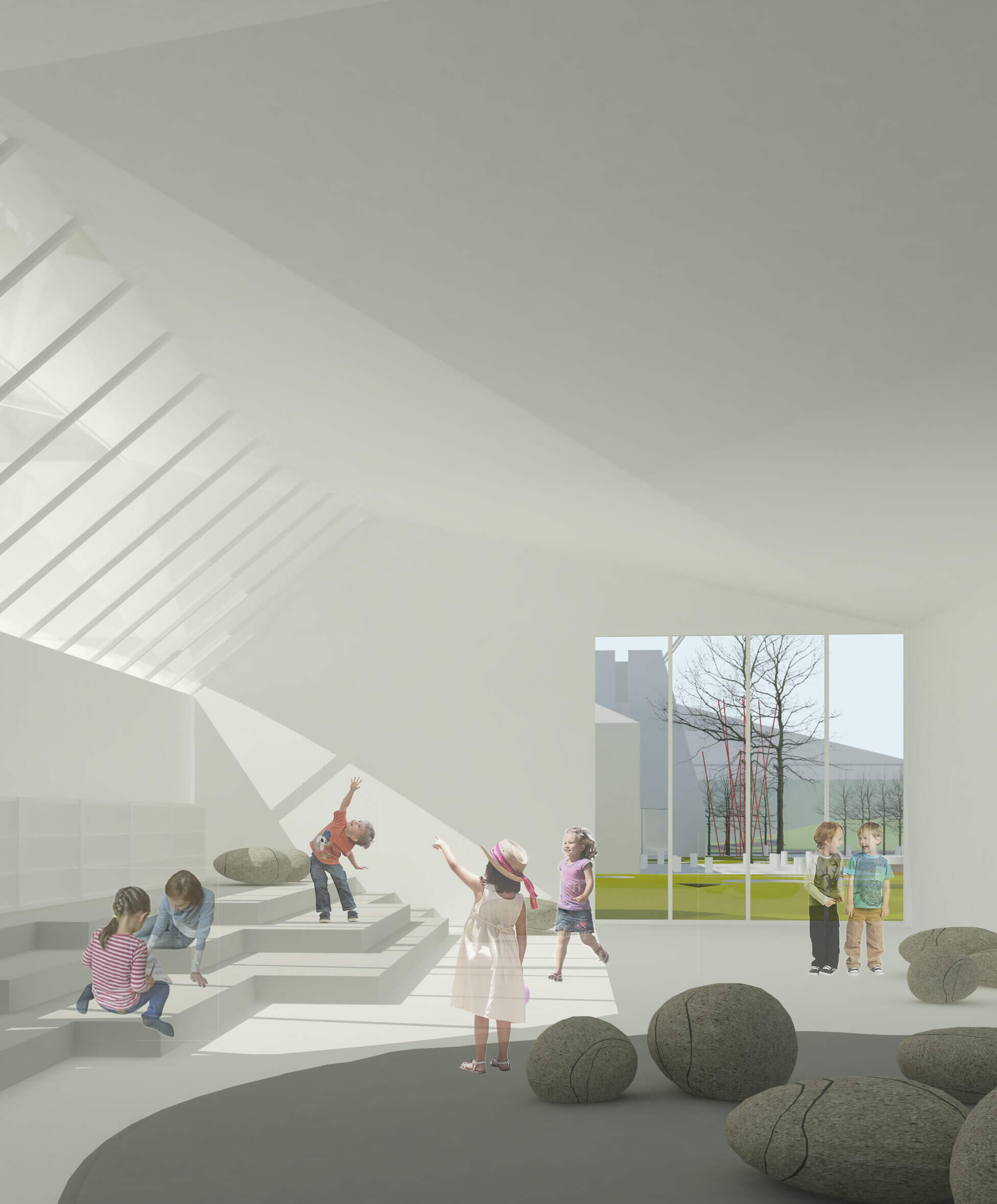
Re-Imagining learning institute through knowledge cross-pollination – “social, fluid, and agile” — vibrant learning lifestyle.
Tomorrow’s Educational institutions will be adapting to address student’s needs with an innovative mix of in-person and online learning experiences. Educational venues are no longer just classes for learning, but also safe, engaging, and inclusive spaces, that focus on community, and social while nurturing the span of students’ life, inspiring creativity and fostering health & well-being.
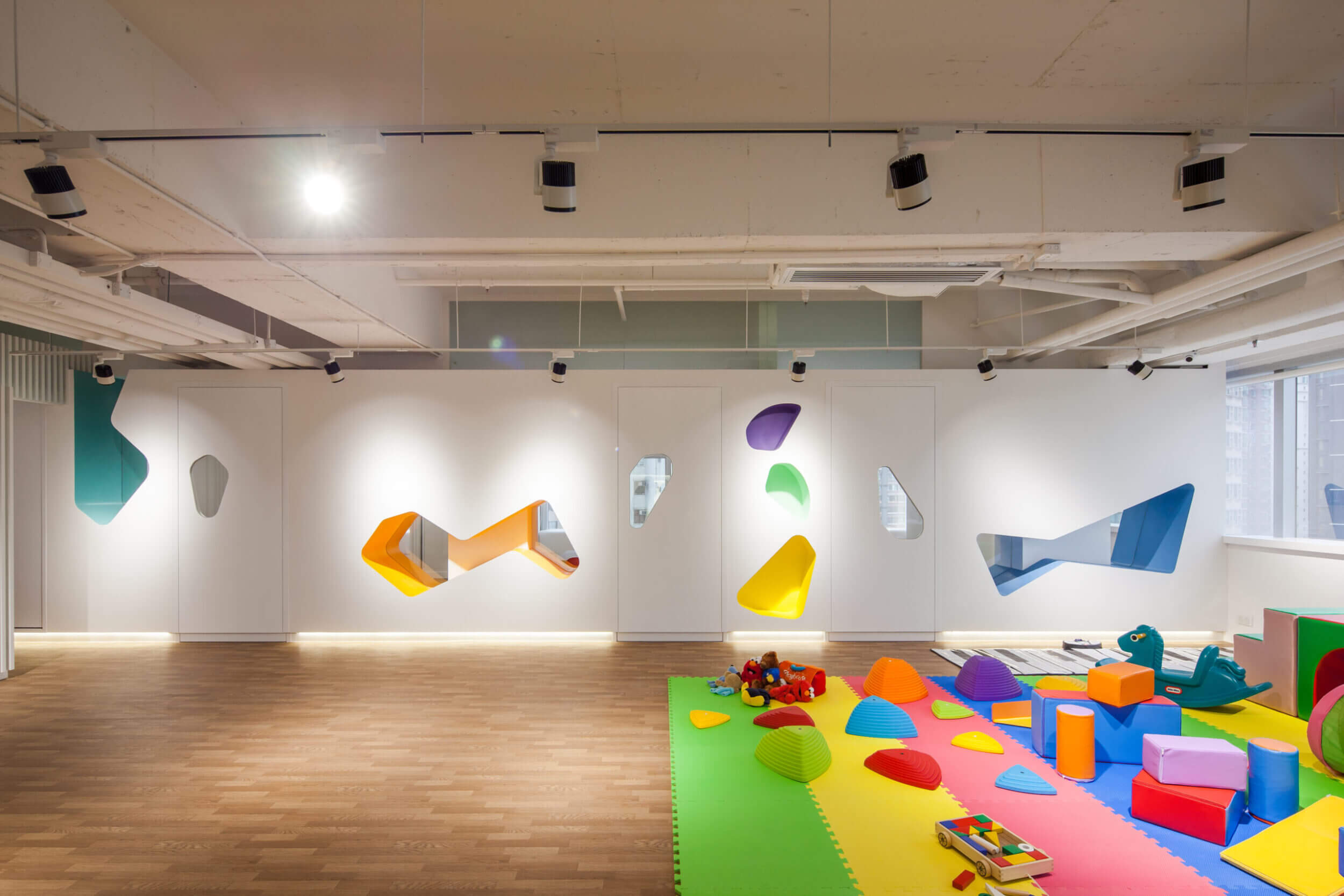
Flexibility
One of the most significant trends in school design is the shift towards more flexible learning environments. These spaces are designed to be easily reconfigured to adapt to different teaching styles and learning activities. For example, movable walls and modular furniture can be rearranged to create a traditional classroom setup, collaborative group work areas, or individual study nooks.
Technology Integration
In the digital age, technology integration is a crucial aspect of modern school design. Classrooms are equipped with advanced tech tools like interactive whiteboards, tablets, and high-speed internet access to support digital learning. Some schools are even incorporating features like charging stations and tech help desks.

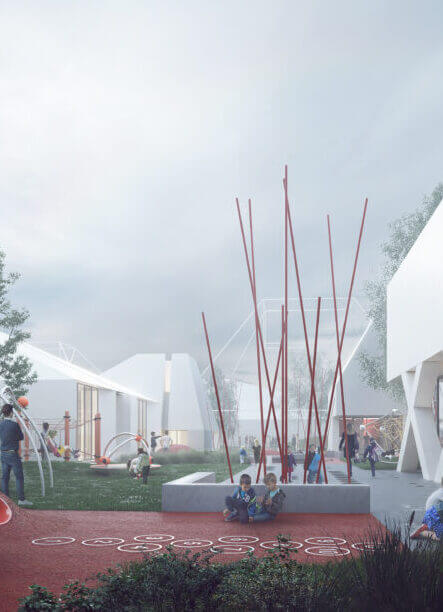
Sustainability
Sustainability is another key trend shaping school design. Many new schools are being built with energy-efficient features like solar panels, rainwater harvesting systems, and natural ventilation. Additionally, ‘green’ classrooms with access to outdoor spaces are gaining popularity, promoting a connection with nature and enhancing student well-being.
Student-centred Spaces
The shift towards a more student-centred approach to education is reflected in school design. Spaces are being created with students’ needs and comfort in mind. These include quiet areas for focused work, comfortable seating options, and areas for relaxation and socialisation.
Collaboration Spaces
Collaboration is a critical skill in the 21st century, and school designs are evolving to support this. Open and flexible spaces are being incorporated to facilitate group work, peer-to-peer and individual learning.

Conclusion
These trends in school design reflect a broader shift in education. As educators and architects continue to improve student and faculty experiences and enhance the academic and community value of the school by shaping and crafting user experiences to create memorable and engaging learning spaces, we can expect to see even more flexible, student-centred, and sustainable practices. forward-thinking learning environments. establishing new educational standards, encouraging positive engagement, and social equity, and cultivating future leaders with passion.
By creating boundary-less spaces that emphasise the in-between areas outside of conventional classrooms, we encourage gathering and sharing, enhance digital fluency, promote curiosity in all aspects of learning, and promote sustainability not only as a pedagogic tool but as a socially conscious agenda for an engaged citizenry. We also create a portal to the real world where students can have hands-on applications of real-world concepts they learn.
#FutureofSchoolDesign #Education #Learninghub #Schooldesign




